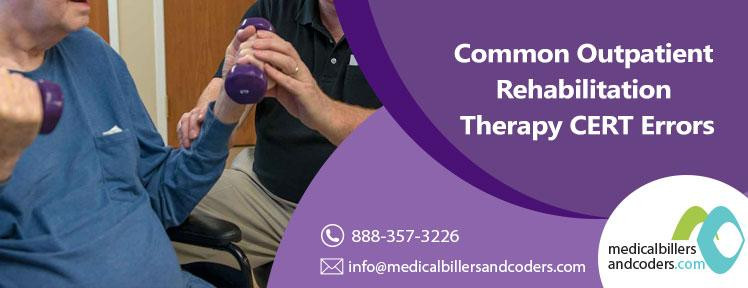Outsourced Medical Billing for Small Practices in the USA

Introduction to Outsourced Medical Billing Running a small medical practice in the United States can feel like juggling flaming torches while riding a unicycle. You’re expected to provide high-quality patient care, manage staff, keep up with regulations, and still make sure the practice remains profitable. One of the biggest hidden challenges? Medical billing. This is where outsourced medical billing for small practices in the USA has emerged as a game-changing solution. Medical billing isn’t just about sending claims and waiting for payments. It’s a complex, ever-evolving process that requires precision, compliance, and constant updates. For small practices with limited staff and resources, managing billing in-house often leads to delays, errors, and lost revenue. Outsourcing medical billing allows providers to hand over this burden to specialized professionals who live and breathe revenue cycle management. In today’s healthcare environment, where reimbursements are shrinking and regu...




Comments
Post a Comment